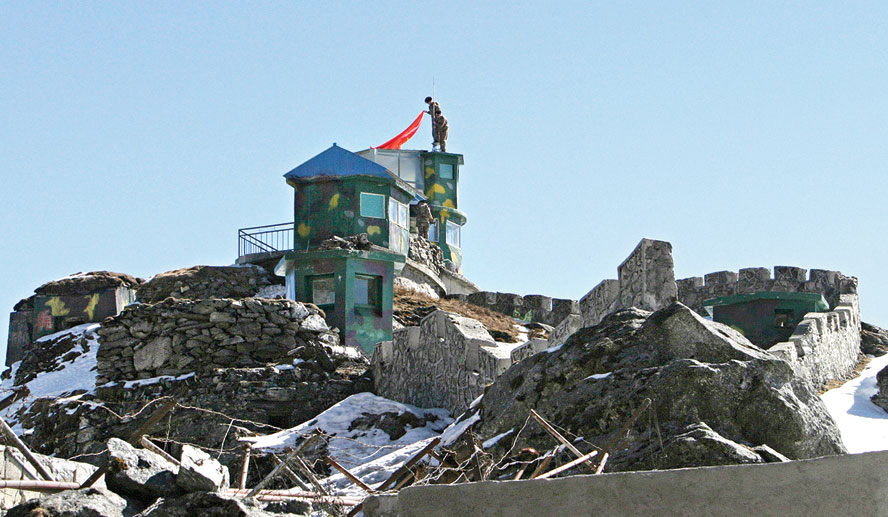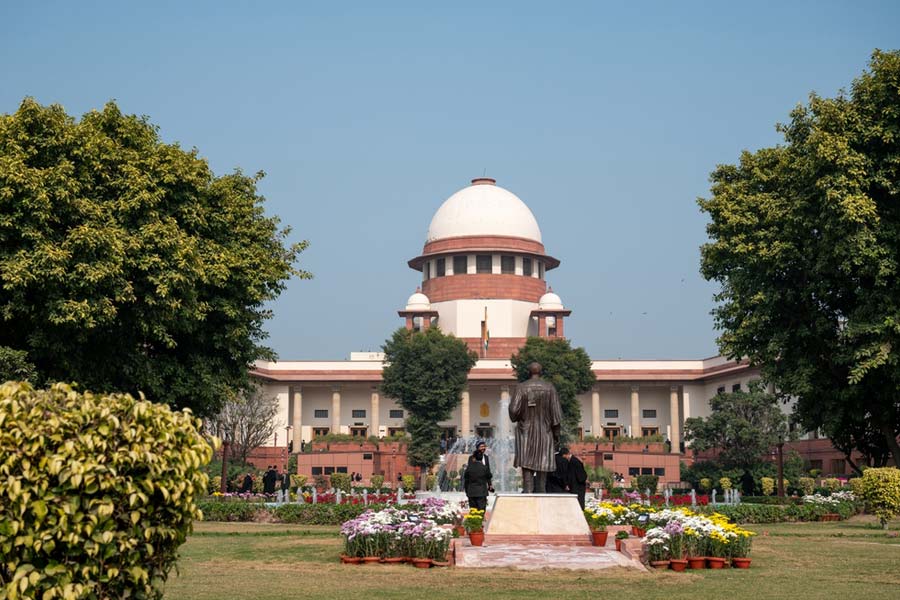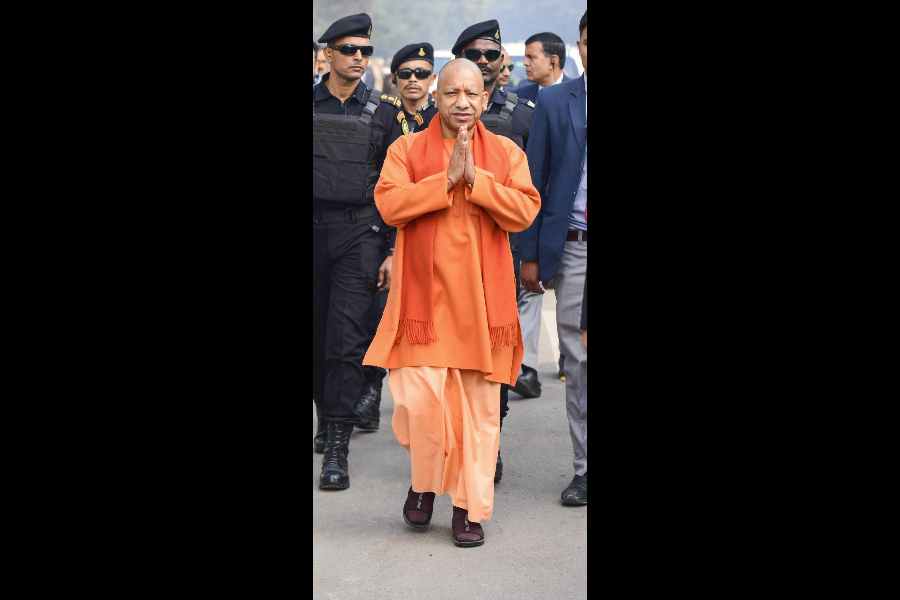The scuffle between Indian and Chinese soldiers in Ladakh on Monday night and recent developments in Nepal have prompted security forces to refocus on Siliguri Corridor, almost three years after the Dokalam stand-off that brought Indian and Chinese armed forces face-to-face.
The corridor, also known as the “Chicken’s Neck,” is a stretch that is around 50km long and lies between North Dinajpur and Darjeeling districts of Bengal. The width of the corridor is less than 20km, with Nepal and Bangladesh on either side.
“The Siliguri Corridor is an important area for us as it connects some parts of north Bengal and the entire Northeast with the rest of India. Our security forces, particularly, military, have always been on alert as the India-China border is less than 200km away from the corridor. The corridor is the only route through which security forces can move to Sikkim and Northeast,” said a retired army officer based in Siliguri.
The region, he pointed out, is important as back in 1967, Indian and Chinese forces had exchanged fire on the border in Sikkim — that was merged as an Indian state in 1975 — and heavy casualties had been reported on both the sides at Nathu-la.
The region had been on the boil for some time when a patrol party of Assam Rifles had been ambushed by the Chinese in Arunachal Pradesh in 1975. Four Indian soldiers had been killed then. “Given the sensitivity of Chicken’s Neck, we have to be extra alert,” said a defence analyst.
The stand-off between Indian and Chinese forces at Dokalam — located at the tri-junction of Sikkim, China and Bhutan —lasted for over 70 days.
In May this year, some members of the troops clashed at Nathu-la, leaving four Indian and seven Chinese soldiers injured.
“There are indications that the Chinese may be focussing on the critical Siliguri Corridor. It is obvious that as shots were fired from both sides of the border in Ladakh, vigilance would be stepped up in the region,” the retired defence officer said.
The China border in Sikkim is looked after by the Trishakti Corps (33 Corps) of the Indian Army that has headquarters in Sukna near Siliguri. The corps has divisions in Gangtok, Kalimpong and Binnaguri. “During the Dokalam stand-off, mobilisation of troops in operational areas had taken place. After Monday night’s incident at Galwan Valley of Ladakh, an additional alertness is expected on the borders of this region, particularly in and around the Siliguri Corridor that has to be defended at all costs,” said a senior intelligence official.
Paramilitary forces, particularly the Sashastra Seema Bal (SSB) that guards India’s boundaries with Nepal and Bhutan, have also stepped up vigil, particularly after Nepal decided to redraw its national map. Three areas that India claim to be its —Kalapani, Lipulekh and Limpiyadhura — are shown as Nepal’s territory in the redrawn map.
The revised map has been tabled and passed in the House of Representatives of the country and has been sent to the National Assembly.
Also, the June 12 incident on the India-Nepal border at Sitamarhi in Bihar, where Nepal’s Armed Police Force fired on some Indians which left a person dead and two others injured, is yet another reason for the SSB to sharpen their vigil.
“The SSB is on alert along the India-Nepal border in north Bengal. Villagers near the borders have been asked to pass information to the SSB and police in case they notice any abnormality on the other side of the border. A constant coordination and exchange of information is going on among all security agencies,” said a source in Darjeeling police.











